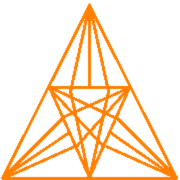“Internet: a boon or a curse?” this statement has been a question to debate since the very conception of a digitally connected world through the Internet. Scholars and analysts are not the only ones engaged in the debate; it is also a common discussion topic in schools and colleges. Children worldwide are being taught about the good and bad aspects of the digital world today. Despite this education, they still encounter various forms of cyber violence until they reach their teenage years.
Most of the victims of cyber violence and harassment are girls and women. Women for a long time have been exposed to violence and discrimination in the male dominant society. Before the age of Information and Communication Technology (ICT), discrimination was only physical. However, in the age of social media and the Internet, violence and discrimination have taken an online form too.
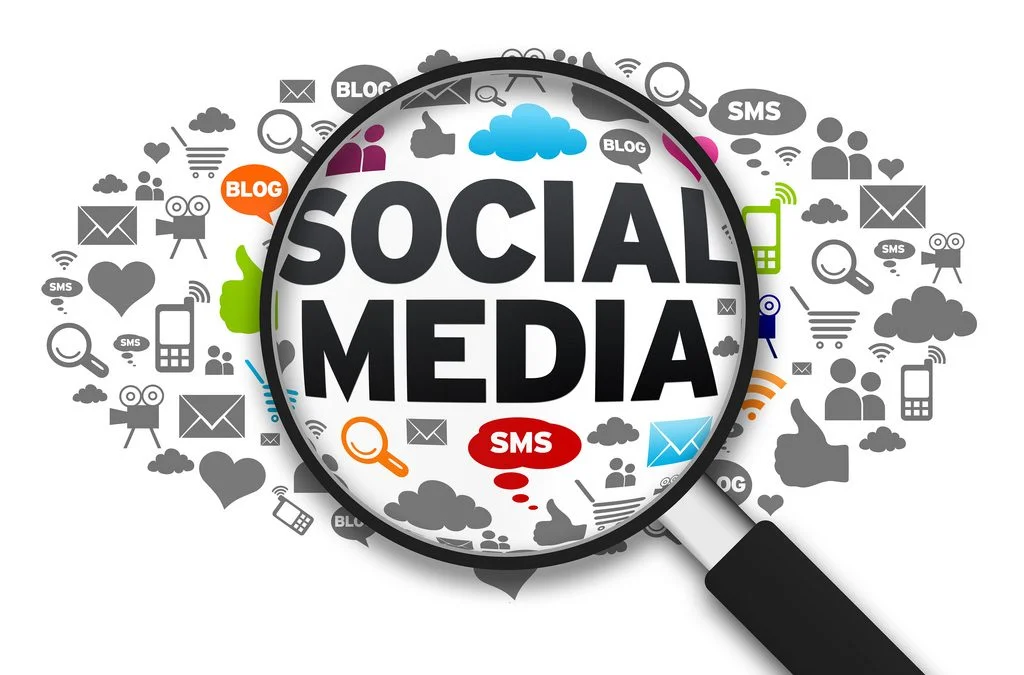
Today it is not only the physical world that women must be conscious of but also the social space. In the web of the internet, they are exposed to numerous threats. They are exposed to harassment, harm, intimidation, and threats through cyberbullying, cyberstalking, hate speeches, etc. These things affect not only affect them mentally but also physically. There is a clear violation of their basic human rights and their dignity.
UN Secretary-General Antonio Guterres has highlighted the dangers of digital technology. He claims that digital technology can serve as a new medium of discrimination and bias against women. Further, he claimed that technology relies on inaccurate data and poorly constructed algorithms. These technologies amplify and digitize sexism, posing potentially fatal results.
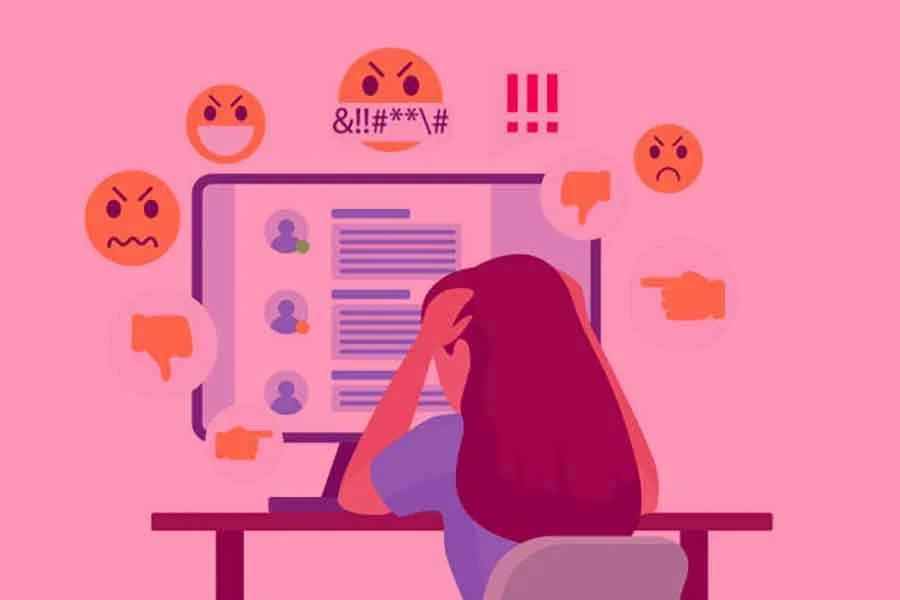
Forms Of Digital Discrimination/Violence
New technologies in ICT are being invented. Alongside this, new social media platforms, online dating apps, and online chat websites are emerging. These advancements are contributing to the increasing methods and ways of harassing women, especially girls, through digital media daily. In 2020, The Charity conducted a poll focusing on the equality of females. The results revealed that 58% of 1000 respondents globally had experienced online violence.
- Cyberbullying/Cyber Harassment – Cyberbullying encompasses making unwelcome sexual advances or posting abusive, humiliating, demeaning, or intimidating content online. It also involves making threats and using hate speech on social media. The intent is to inflict great emotional pain and instill fear of bodily violence.
- Cyberstalking – It happens methodically and repeatedly, and those who commit it do so to erode the victim’s sense of security. This behavior can involve sending people threatening or unpleasant emails, publishing pornographic content online, and stalking them in various ways.
- Hate Speech/ Spread of hatred – Hate speech can also target women, although the phrase generally refers to violence against groups based on their ethnicity, religion, or national origin. Sexualization, objectification, disparaging remarks about one’s looks, and rape threats are all examples of gendered hate speech.
- Trolling – It is the passing of random hurtful comments on the victim’s post. The victims can be unknown to the trolls. Sexist trolling is when a group of people coordinates verbal abuse, death threats, and rape threats against women, especially those who express their ideas.
According to a global study by the Economist Intelligence Unit (EIU), 38% of women have personally experienced online violence and 86% of women who regularly use the internet have seen it happen to other women.
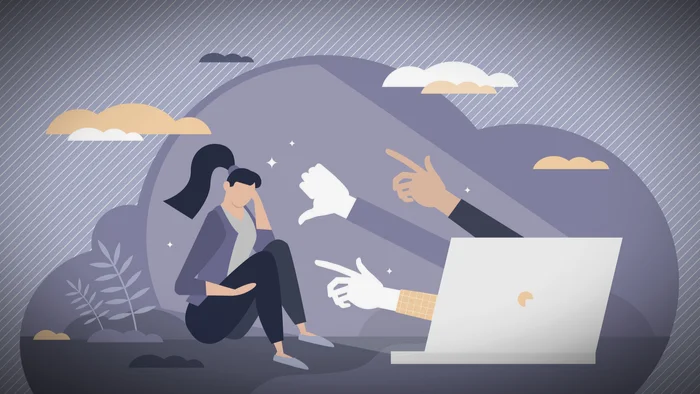
Impact Of Cyber Violence On Women
As damaging as offline violence, the effects of online violence can have a major negative influence on women’s and girls’ health and wellbeing as well as serious negative effects on the economy, society, and politics. It can limit women and girls’ access to the Internet and their ability to engage in online activities, therefore widening the digital gender gap and limiting the voices of women in public discourse. Due to cyberbullying and trolling, women can’t exercise their right to freedom of expression fearlessly thus limiting voices in society.
This fear of the Internet for women and girls is not good for the balance of society. This will create a gender divide in the online space too. Across the world, 57% of women use the Internet, compared to 62% of men. This indicates that the gender disparity in global Internet use is 8%. According to UNDP, as a result of coordinated harassment, the rapid and unrelenting dissemination of harmful content, and isolation, online violence can also result in generalized anxiety about one’s safety. It can negatively affect a person’s social and professional lives, and one of its most serious effects is suicide.
The internet is not a secure place to communicate ideas, according to 50% of women. Forced self-censorship leads to the underrepresentation of women’s voices. This, in turn, diminishes diversity in societal, political, and economic discussions and decisions. Increased medical expenses and missed income are further effects of online abuse of women, both of which have negative macroeconomic ramifications. A study by EIU found that due to online violence, 7% of the women polled lost their jobs or had to change them. 35% of women reported experiencing mental health problems. One in ten women who faced online threats suffered physical harm.
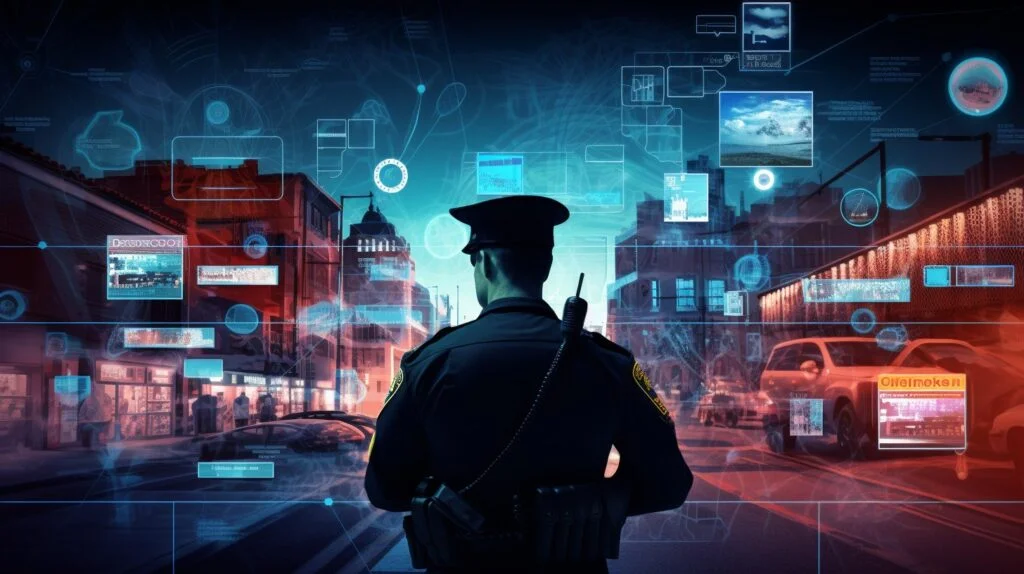
Addressing The Violence
Ingrained inequalities such as misogyny, damaging social norms, and attitudes that support violence consolidation constitute long-ongoing issues. To combat online crimes against women, a deep examination of these issues is necessary. Dealing with this requires proper education at the school level and raising awareness about the issue. A multifaceted, proactive approach will help combat these crimes head-on.
Keeping silent about cyber-violence against women will strengthen their self-censorship and lower their self-esteem. Governments and organizations should ensure that online victims of violence can report crimes without worrying about becoming victims again.
Social media sites need to develop strong gender-sensitive policies and complaint procedures more proactively so that women can explore virtual spaces fearlessly. Responsible authorities need to curtail the spread of misinformation against women. Misogynistic comments and hate speeches against women on social media platforms are growing. These are affecting the minds and thinking of the youth, which may have major ramifications in the future. Thus, a secure cyberspace for all is the need of the hour for the authorities for a better future.
About the Author
Aman Bora

Aman Bora is currently a Ph.D. Candidate in the Department of Political Science of Soban Singh Jeena University Almora, Uttarakhand (India). He received his master’s degree in Political Science (Silver Medalist) form Kumaun University Nainital in Uttarakhand (India) and has passed the UGC-National Eligibility Test in Political Science subject. He is an ardent researcher and an inquisitive learner avidly interested in International Relations, Defense Studies, Geo-politics and topic related to National Interests.
